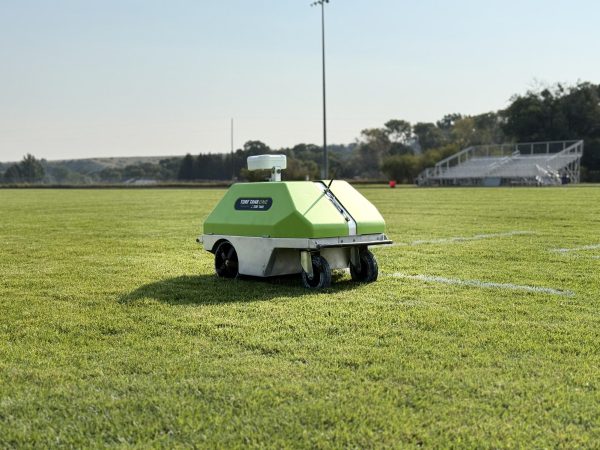Montana’s economy fluctuates over the years
Industries in the United States are vast, and they have been affected a lot with events in the past 20 years. Whether it was the recession in 2008, or the pandemic in 2020, many industries took a hit, while others adapted and thrived. Montana’s economy has changed a lot, notably in the past three years. What does our student body think? How will it affect their futures?
Montana in 2022 has a population of 1,119,773, much more than the 2020 census. What drives Montana’s economy? Students surveyed at Park High said they believed agriculture and mining were the highest earning industries in Montana.
In reality, the largest industry by revenue in Montana is petroleum refining. With six total businesses and over 1,700 employed, the 10-year outlook is totaled at $15.22 billion (about $47 per person in the US). This is according to IBIS world, a company devoted to researching industries around the world. But what is the largest employer in Montana? Though many from Park High said Stillwater mine and commercial restaurants like McDonald’s, healthcare and social assistance take the cake.
What about Livingston? Though Livingston has a tourism dependent economy, commercial industry is what runs this state. With other things like hospitals and reservation casinos driving our economy, the cattle industry is no-where close to the top ten In a survey done by the National Park Service, visitation to Yellowstone National Park decreased by 400,000 from 2019 to 2020.
Covid had an enormous impact on the economy, especially ours in Livingston. With that came many businesses struggling to stay staffed. The leading reason that employees nationally resigned was due to an “overly stressful work environment.” Other reasons including overworking, low wages, and poor treatment by customers/management.
Covid had an up and down effect on employment. Retail and financial services took the biggest hit from unemployment, while mining companies gained workers. Montana’s business growth rate over five years was 3.0%, which was 19th nationally. Though Montana’s industry is generally one dimensional, commercial industries like retail and banking are on the rise.
We know Montana’s population; but how has it changed? Though ranked 43rd in total population, according to the U.S. Census Bureau, the state ranked 4th in growth rate, at 1.2%. Montana also gained a house seat, while states like California and New York lost them. Livingston itself has finally reached 8.2 thousand people; a milestone previously achieved in 1960. If one asked a Livingston resident where this sudden population increase comes from, the majority would say people from the West Coast.
A new type of work, where people are able to work from the comfort of their homes, has become much more popular. According to the late City Manager Mike Kardoes, half of Livingston’s population earn wages from the town itself. Covid showed many businesses that remote work can be just as effective, if not more. So, it is not a surprise that many chose a beautiful place, that is Livingston, to work from home.
The housing market was thrown onto its head during the pandemic, and Livingston is a fitting example of that. The median price of homes in Montana is a whopping $514,000. With a median pay of $46,000 dollars, the math doesn’t add up. Montana has a high median price for homes in general but ranks 37th in median pay.
As our economy continues to shift, industry follows that trend. Here in Montana, things are no different. Though many may not know what specific industry drives our state, one thing any resident of Montana knows; industry runs our state.





